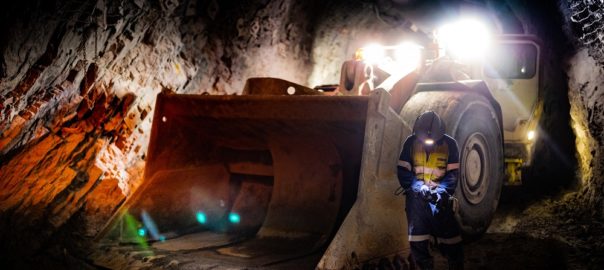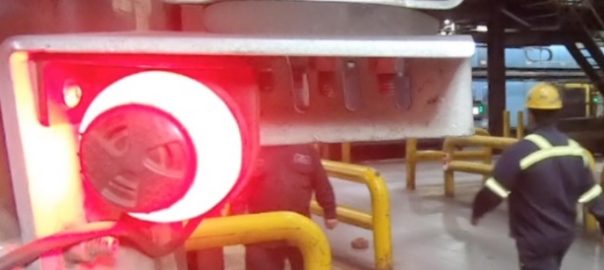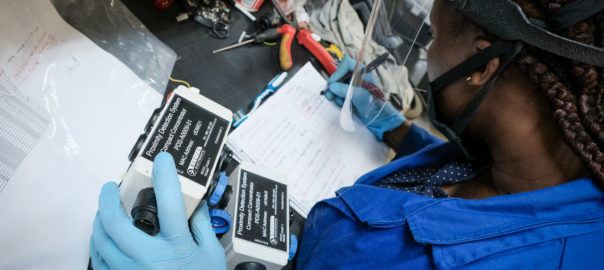Perenti’s Barminco, Newtrax and Sandvik are partnering to develop what they say is a new technology-led solution that improves the safety of pedestrians working near heavy vehicles (HVs) underground.
Between 2008 and 2018, there were 12 fatalities involving HVs in the underground mining industry in Western Australia. Seven of those deaths were pedestrians.
“This statistic is a reminder that these mining machines – that weigh a minimum of 4.5 t and operate in areas of poor visibility – are a significant risk factor for people who work in close proximity to them in an underground environment,” the companies said.
A leading underground mining contractors, Barminco currently operates 25 projects in seven countries and employs more than 5,600 people. Almost all these employees will be exposed to a working HV during their career. In fact, every hour of every day of the year, there are approximately 2,000 Barminco employees working underground interacting with heavy vehicles.
Barminco’s scale and underground mining expertise, combined with Newtrax’s capability to develop collision avoidance systems and the high penetration of Sandvik HVs featuring advanced controls, means this partnership is uniquely positioned to understand how people and equipment interact in underground mines, they said.
Newtrax has developed a collision avoidance system that links “intelligent” cap lamps to the warning system inside the cab of an underground HV. The system provides the vehicle operator with virtual visibility of any pedestrians in the immediate area of their vehicle, along with an escalated warning system to both the pedestrian and operator as the distance between them reduces. This escalation transitions from warning to vehicle intervention, where the HV automatically reduces speed and comes to a controlled stop, when the system senses any pedestrian wearing an intelligent cap lamp in the high-risk zone.
Under the partnership, Newtrax will deploy its next-generation Level 9 Collision Avoidance System across Barminco’s Sandvik fleet, including the supply of intelligent cap lamps with advanced electronic safety features to Barminco’s underground mines. The technology is due to undergo initial testing at one of Barminco’s underground sites in January 2022.
Paul Muller, Perenti Chief Executive Officer, Mining, said the focus of the project was twofold – the safety of its people and the sustainable adoption of the technology industry-wide.
“The exposure of pedestrians to heavy vehicles underground is a significant risk not just for us, but for everyone involved in the underground mining industry,” Muller said. “The combination of Newtrax’s technology, our underground operating experience and Sandvik’s role in supplying heavy mining vehicles can put us in a position to offer the entire industry a smart solution to a complex problem.”
Simon Waghorn, Newtrax Regional Vice President – APAC, said the collaboration with Barminco would provide the partners with real-world experience that would help optimise the system as it develops.
“Although the Newtrax Collision Avoidance System is the best available system on the market, many more enhancements are required to accelerate adoption,” he said. “This partnership with Barminco, a world-class underground hard-rock mining contractor, will enable collaborative product development which will result in an even better product for the industry.”
Wayne Scrivens, Vice President – Sales Area APAC, Sandvik Mining and Rock Solutions, added: “Barminco is a very important customer for Sandvik and we are pleased to take on the challenge to develop and deliver the industry-leading intervention controllers, to enable slow-to-stop control of the equipment in Barminco’s fleet.”
















